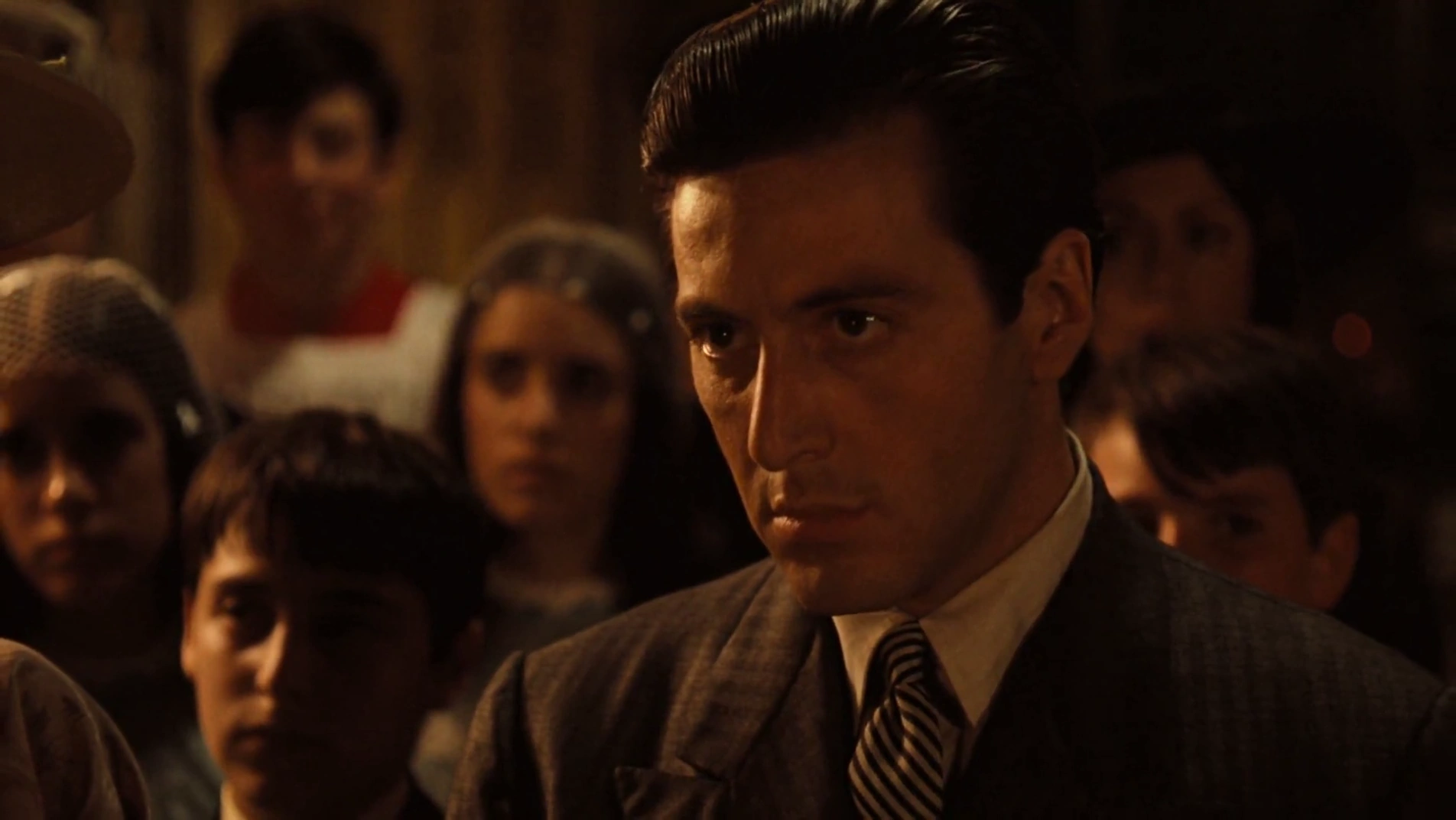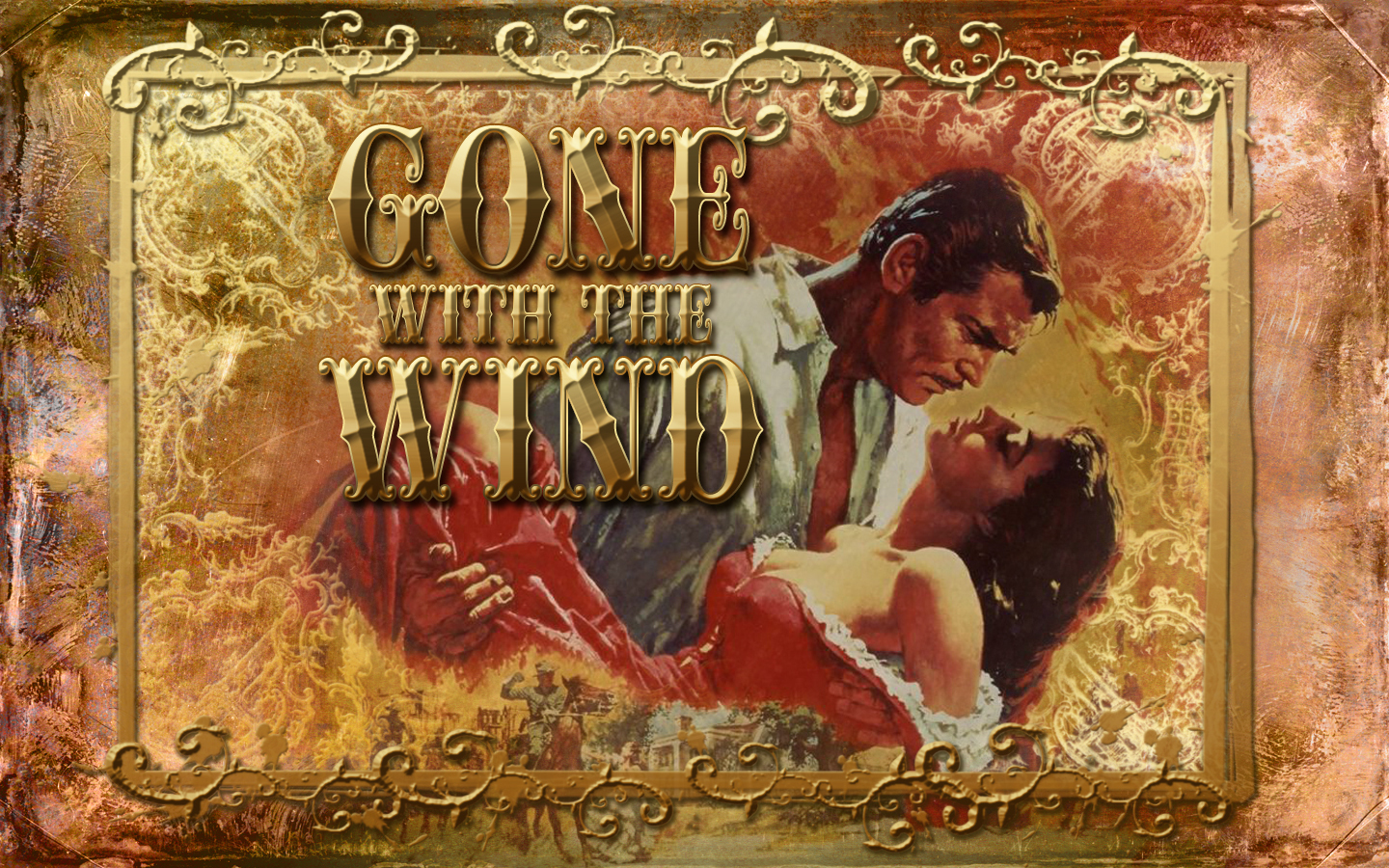1. Relate what was discussed in class or the text to the screening.
Grossing over $250 million and winning three Academy Awards, The Godfather has been acknowledged by critics and audiences alike as one of the best films to grace the silver screen. The movie features Marlon Brando in his award-winning mob boss role, donning both heavy makeup and heavy speech to become "The Don." Al Pacino, while only nominated for Best Supporting Actor, takes a lead role for most of the second half of the film by taking over the family business for his father.
 |
| The startling transformation of Marlon Brando into Vito Corleone |
2. Find a related article and summarize the content.
The Rutgers University Department of American Studies features a piece called "Religion and the Italian-American Family in The Sopranos and The Godfather" written by Vincent Velasquez. The essay analyzes the relationship between mafia characters in the two media and the connection to their Catholic backgrounds. Overwhelmingly, the author references the dichotomy between the acts of The Mob and the expectations of the Church to which they belong.
3. Apply the article to the film screened in class.
The most obvious connection between the mafia and the Church is the title used by the head of mob families like the Corleones: "Godfather." In Catholicism, a godfather is a man who protects a child from evil, temptation, and vows to guide the child into The Church. In the mob, a godfather plays "God" as well as "father," using his influence to kill people who threaten the well-being of either the family or the business of which he protects.
 |
| Michael Corleone contemplates his Godfather duties |
4. Write a critical analysis of the film, including your personal opinion, formed as a result of the screening, class discussions, text material, and the article.
I was pleasantly surprised at how entertaining I found this film. I have often been pestered to watch The Godfather as a fellow Coppola, but refused because I find violence pretty boring. What I didn't know about The Godfather is that, while the central theme tying the plot together is life in a crime syndicate, the character development along the way helped to romanticize their antics enough for my enjoyment. Michael Corleone's evolution from anxious, unwilling accessory to glorified mob boss made me fascinated by the character; he provokes a mixture of sympathy, attraction, and disgust that had me vying for more. The film wove a fantastic, but incomplete story, and I plan to watch The Godfather II during winter break to fill the curiosity in me that the first installment left.
Bibliography
- Coppola, Francis Ford (Director). Ruddy, Albert S. Ruddy (Producer). 15 March 1972. The Godfather [Motion Picture]. United States: Paramount Pictures.
- Velasquez, Vincent. "Religion and the Italian-American Family in The Sopranos and The Godfather."
CHECKLIST FOR PLAGIARISM 1) (X) I have not handed in this assignment for any other class. 2) (X) If I reused any information from other papers I have written for other classes, I clearly explain that in the paper. 3) (X) If I used any passages word for word, I put quotations around those words, or used indentation and citation within the text. 4) (X) I have not padded the bibliography. I have used all sources cited in the bibliography in the text of the paper. 5) (X) I have cited in the bibliography only the pages I personally read. 6) (X) I have used direct quotations only in cases where it could not be stated in another way. I cited the source within the paper and in the bibliography. 7) (X) I did not so over-use direct quotations that the paper lacks interpretation or originality. 8) (X) I checked yes on steps 1-7 and therefore have been fully transparent about the research and ideas used in my paper.
Name: Alison Coppola
Date: 12/10/15

















